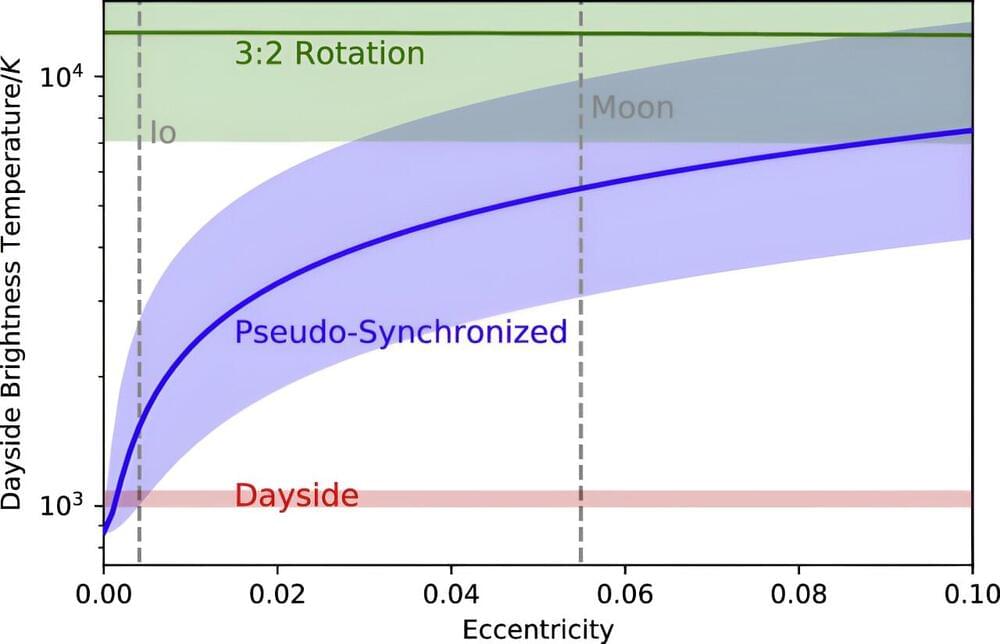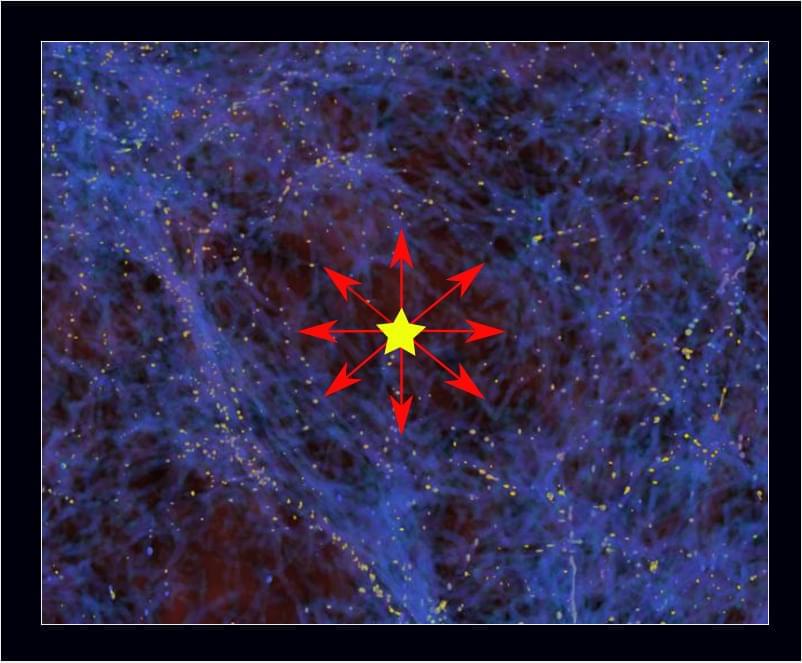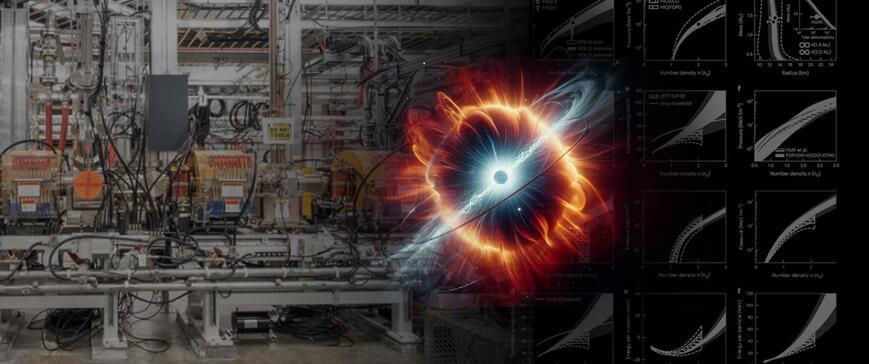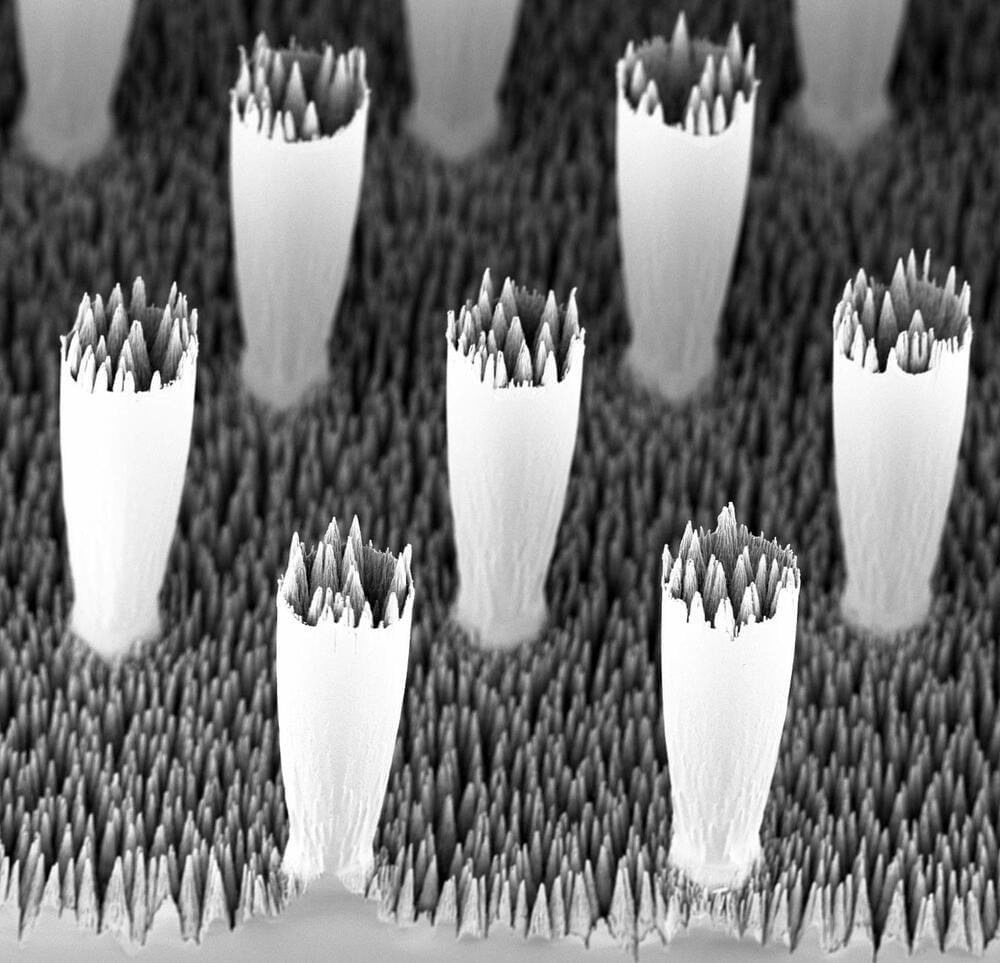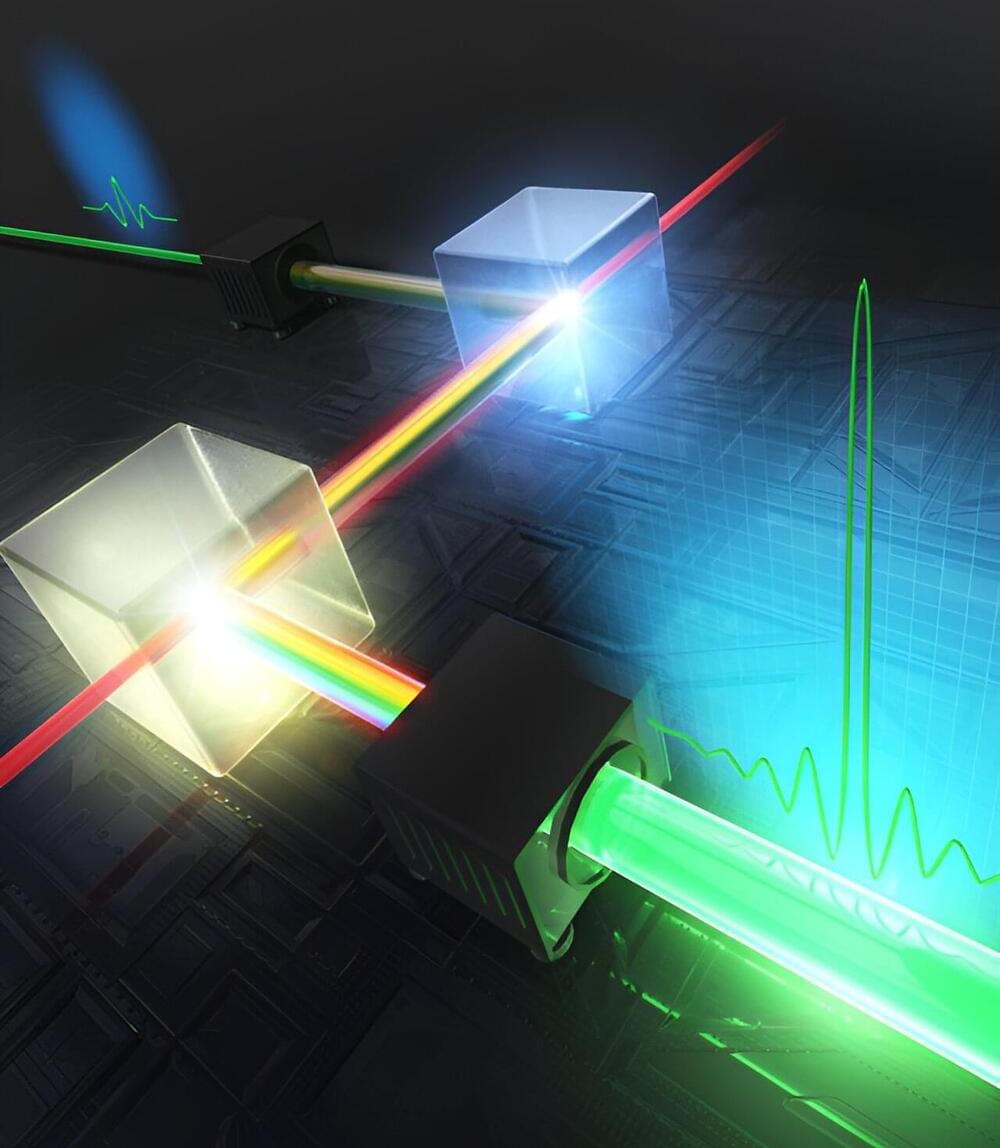An international team of astronomers and astrophysicists has confirmed the first known observance of a tidally locked super-Earth exoplanet. In their paper published in The Astrophysical Journal, the group describes the unique approach they took to confirm that the exoplanet LHS3844b is tidally locked and what the finding suggests about other planets in the galaxy.
Prior research has led astronomers to believe that some exoplanets are tidally locked, with one side that always faces the star they revolve around, but they have been unable until now to prove it. In this new effort, the research team picked a likely candidate and used a unique approach to study its attributes to ascertain its motion.
Prior research has shown that several moons in our solar system, including the one circling Earth, are tidally locked, always facing the planet they orbit. In this situation, their rotation period matches their orbital period—the result is a moon that always shows the same side to its planet. For this reason, the Earth’s moon has what has commonly been described as a “dark side”—the side we never see. Tidal locking is due to gravitational forces between a moon and its planet—or a planet and its star.
